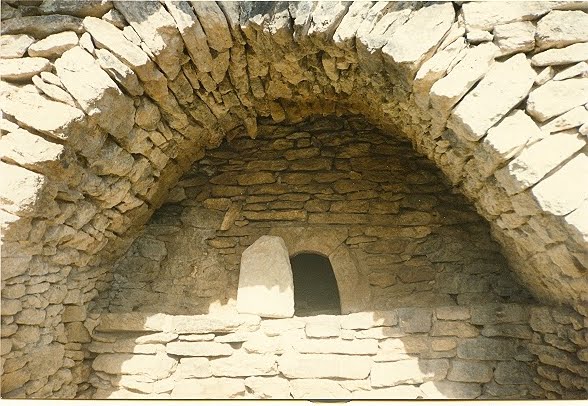First, we need to define what we measure and why. There is now a comprehensive dictionary of performance measures definitions. In the context of sustainability, the essential parameter for businesses that drive the economic growth would be the role they are undertaking to alleviate poverty in developing countries. The private sector is responsible for creating most jobs and wealth, and competition stimulates the investment, innovation and technological progress that underpins economic growth.
Some possible resources for the upcoming research:
1. Overseas Development Institute is Britain's leading independent think tank on international development and humanitarian issues. Mission: to inspire and inform policy and practice which lead to the reduction of poverty, the alleviation of suffering and the achievement of sustainable livelihoods in developing countries.
How: by locking together high quality applied research, practical policy advice, and policy-focused dissemination and debate: working with partners in the public and private sectors, in both developing and developed countries.
2. Independent Evaluation Group (IEG) is deeply involved in the evaluation of global programs, like the Prototype Carbon Fund, the Stop TB Partnership, and the Cities Alliance, and regional programs like the African Programme for Onchocerciasis Control and the Child Protection Initiative are programmatic partnerships.
How: The partners contribute and pool resources (financial, technical, staff, and reputational) toward achieving agreed-upon objectives over time. The activities of the program are global, regional, or multi-country (not single-country) in scope.
3. GEMI - Global Environmental Management Initiative has created tools and provided strategies to help business foster global environmental, health and safety excellence and economic success.
How: through the sharing of tools and information to help business achieve environmental sustainability excellence.
4. Sustainable Business Performance: Measurement Tools and Reporting http://www.tilth.org/organicology/presentations/sustainable-business-performance-measurement-tools-and-reporting
5. Implementing an Effective Global Performance Measurement System:



No comments:
Post a Comment